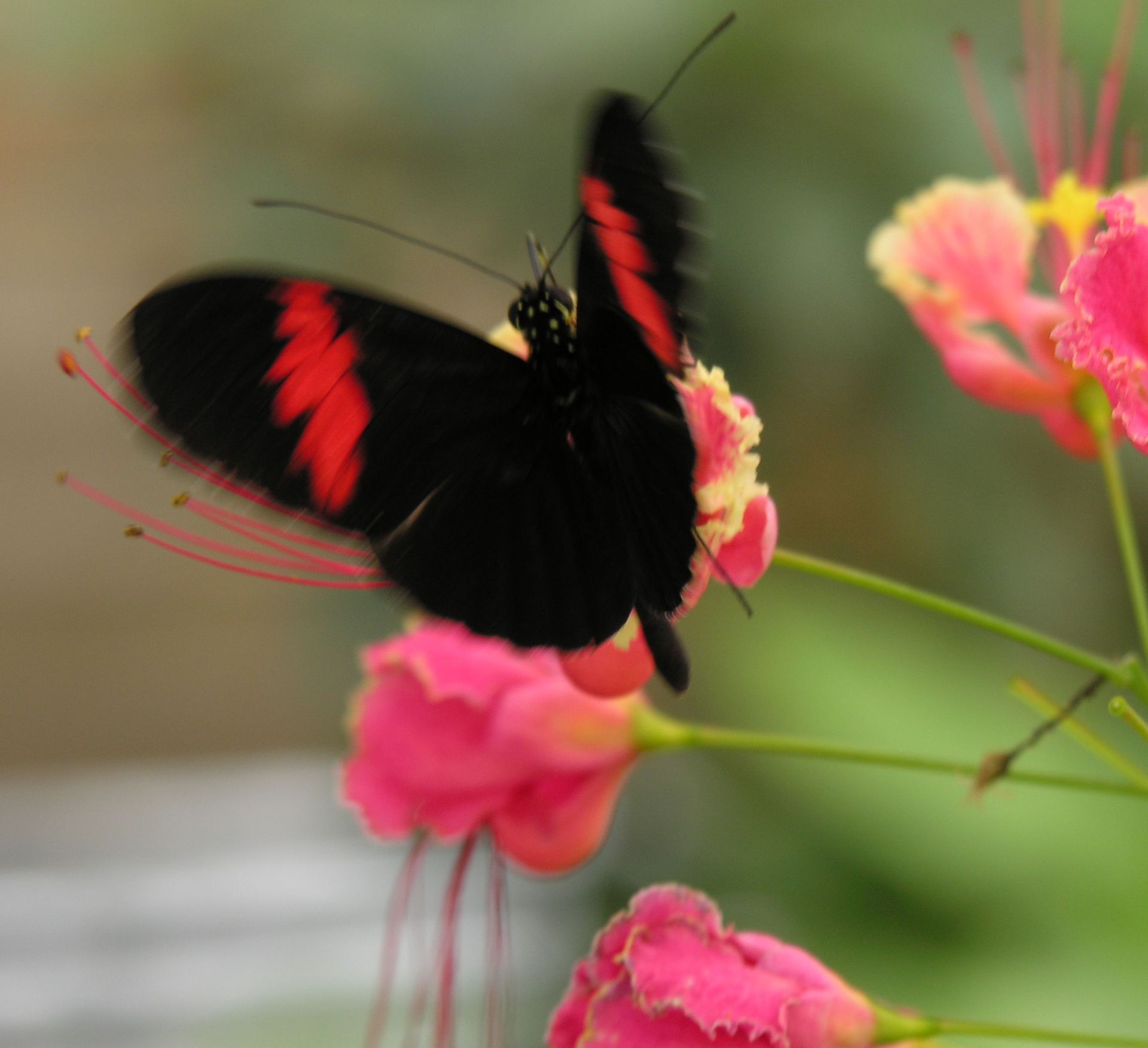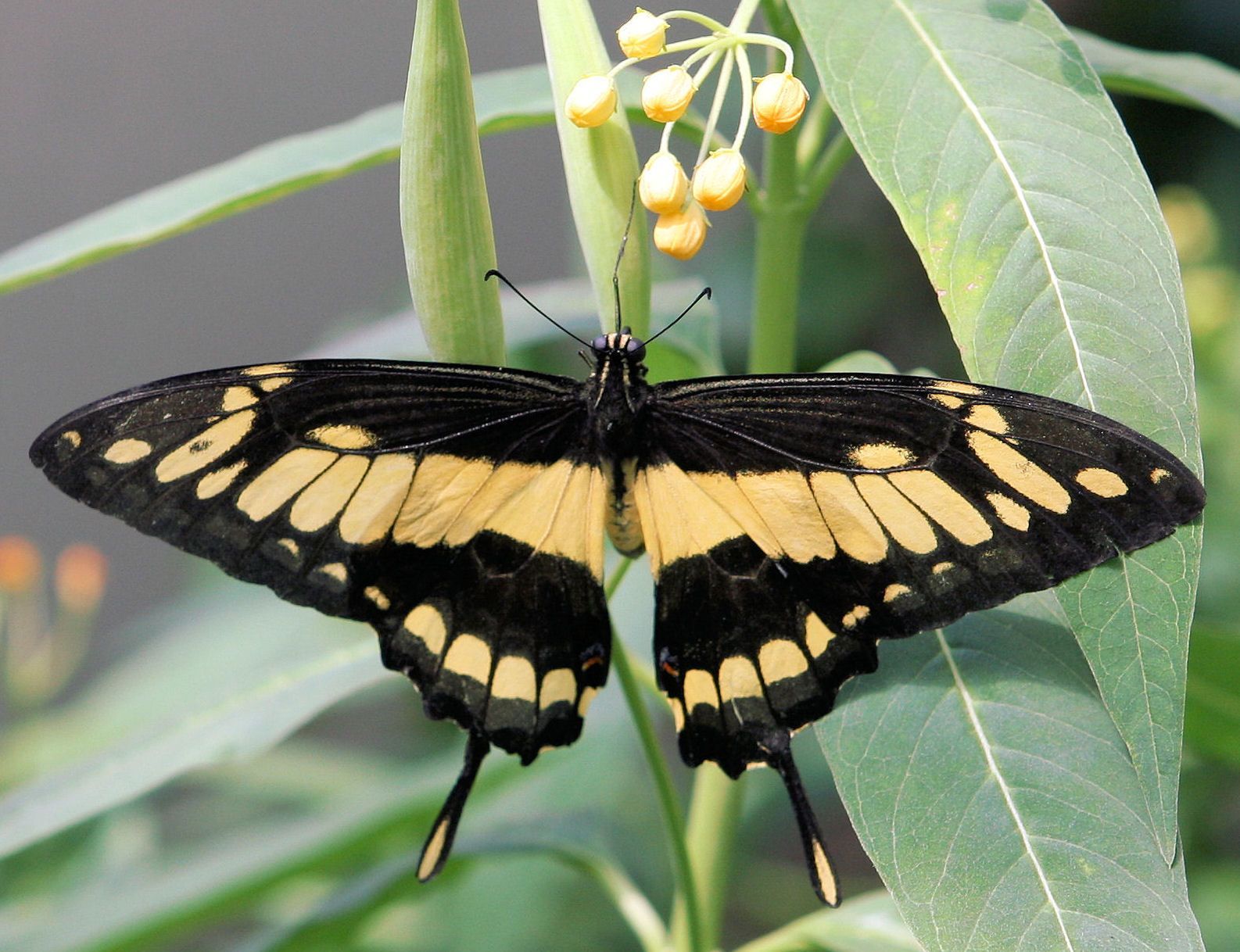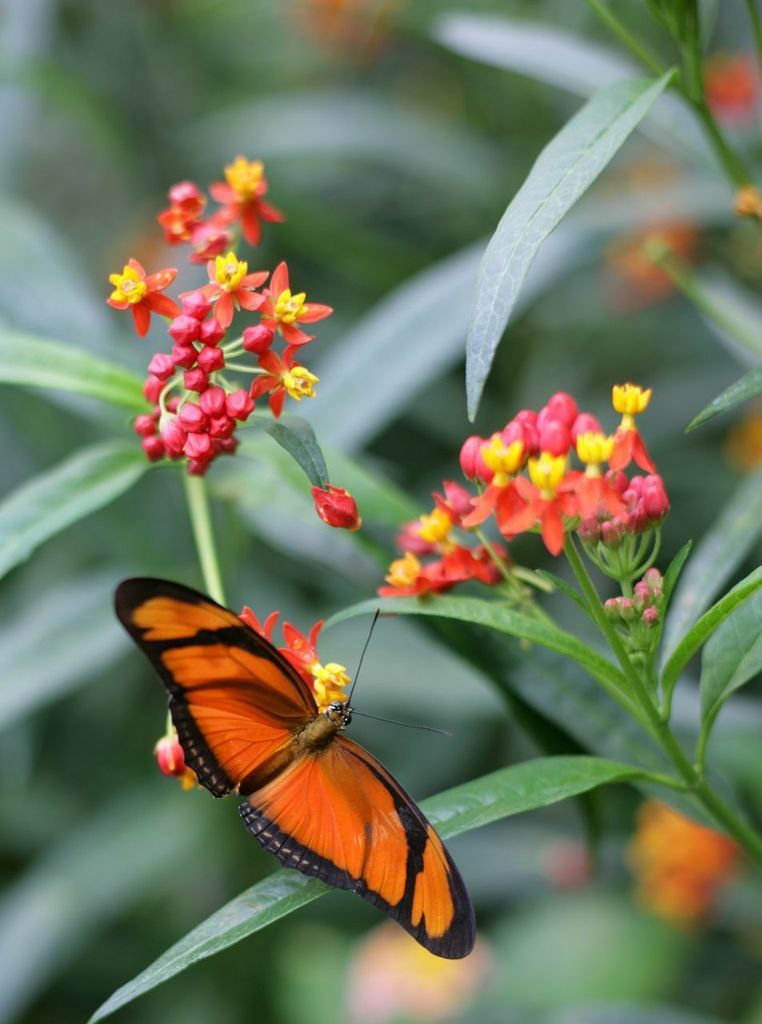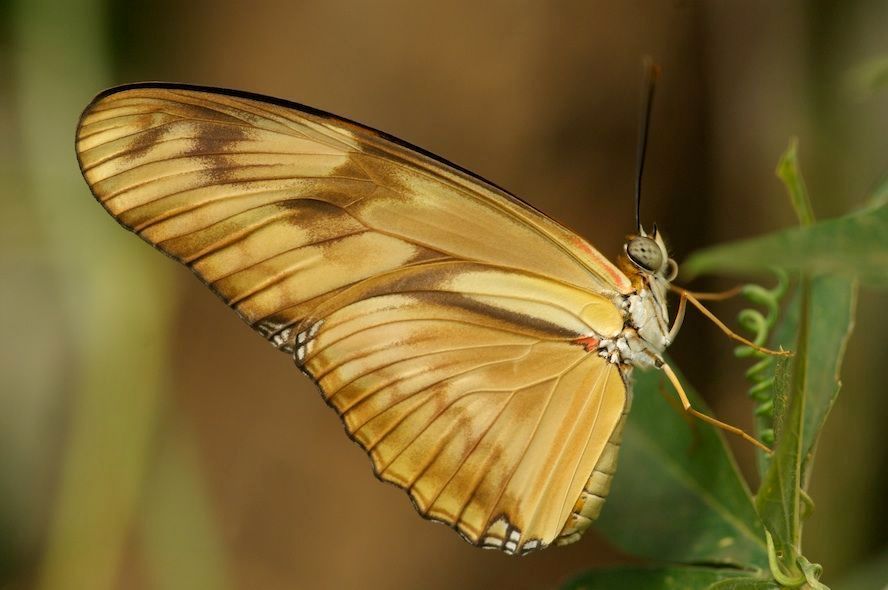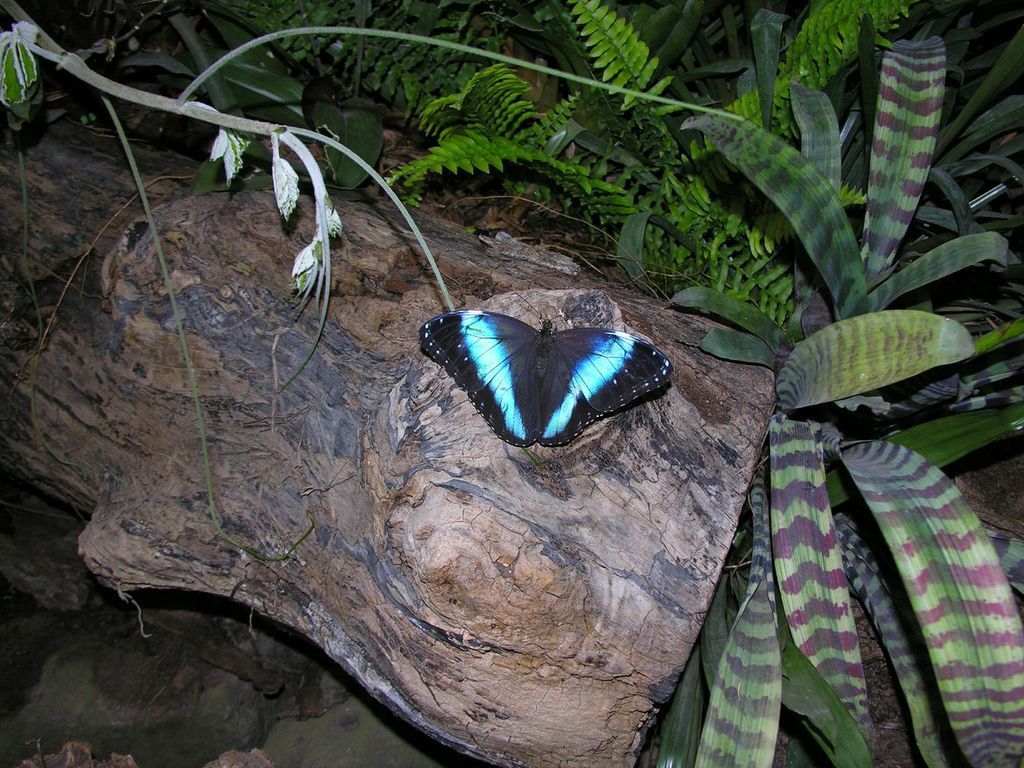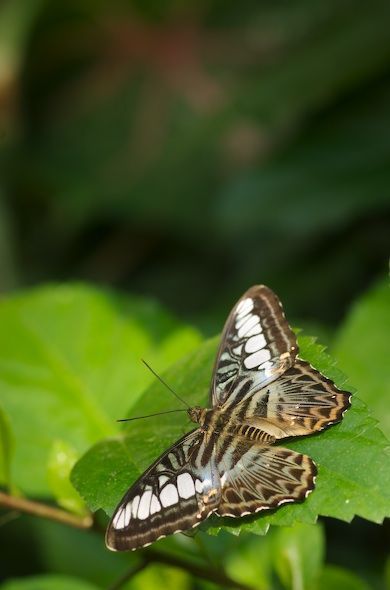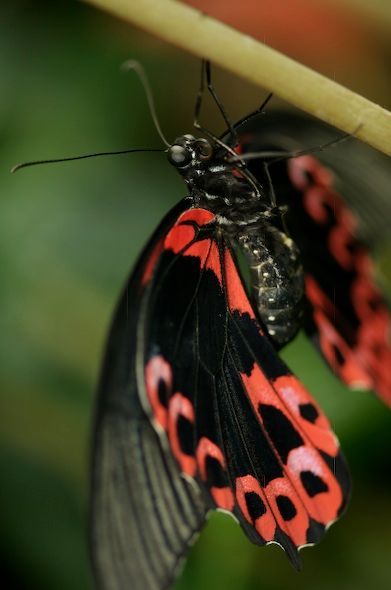The scientific name for butterfly is Lepidoptera and comes from the Greek language, it means scaled wings. In German the word Schmetterling stems from the word Schmetten, meaning cream or sour cream. Some insects are attracted to these products and hence the words milk thief and milk stealer were established around 500 years ago. The English word butterfly can also be traced to this origin.
From Milk Thief to Butterfly
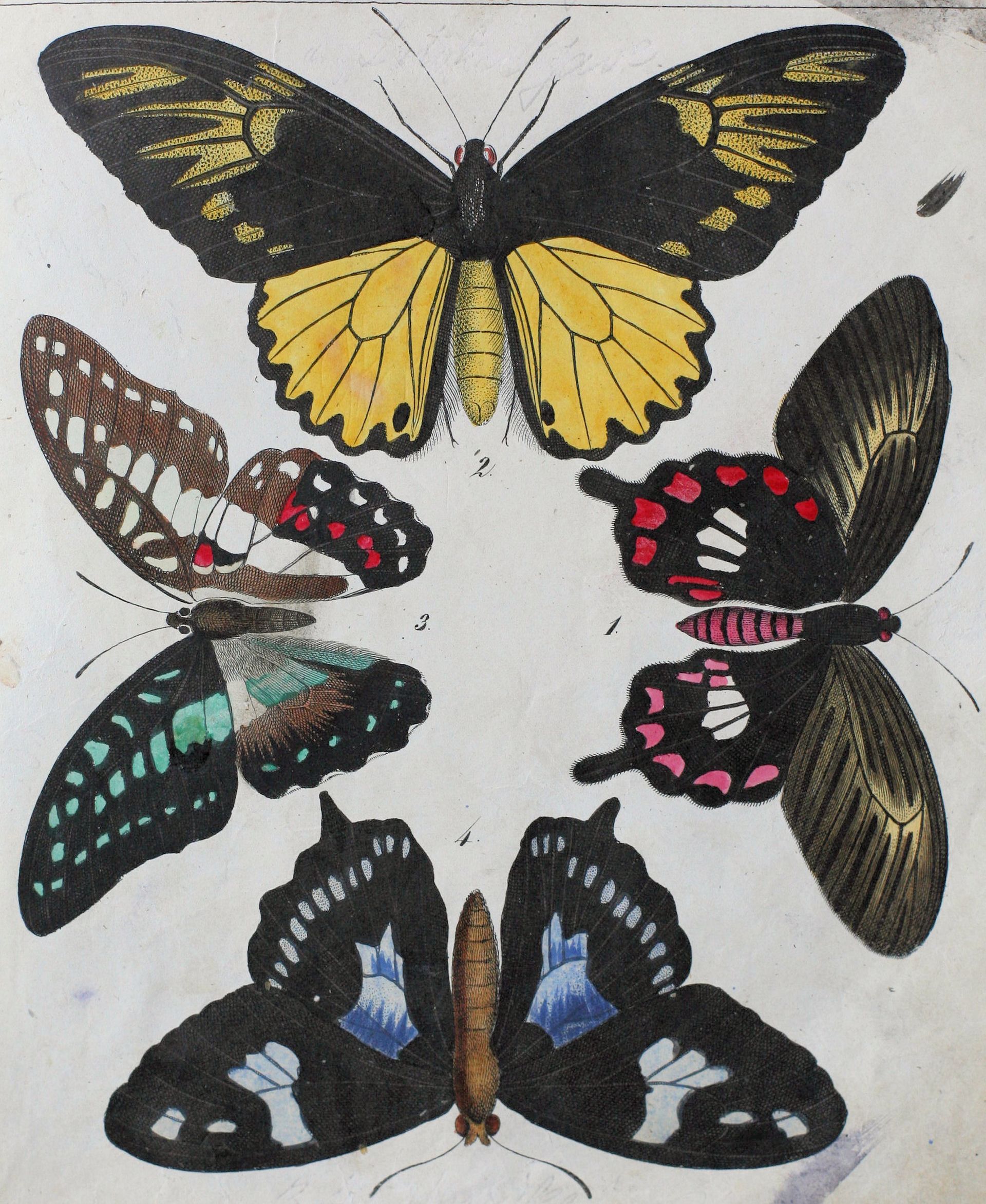
Inspiration for Art and Culture
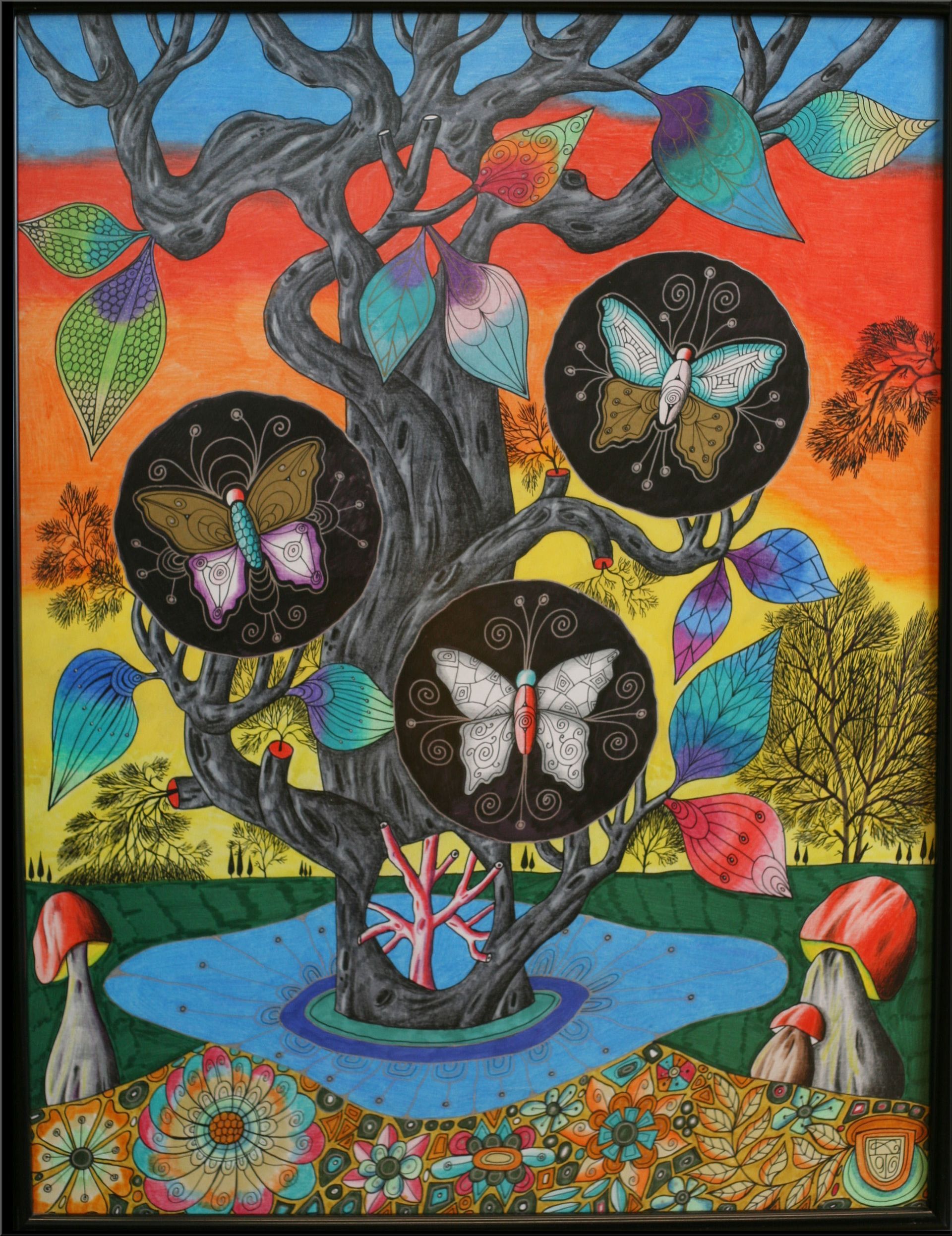
Did you ever suffer from butterflies in your stomach? When swimming, do you ever do the butterfly stroke, or are you a bit of a fan of the opera Madame Butterfly?
The butterfly has always been an inspiration for art, fashion and culture, language and sport. The metamorphosis of the butterfly, from the insatiable caterpillar to the beautiful and delicate butterfly have inspired mankind for hundreds of years. Small wonder then, that for thousands of years, the butterfly has also played an important roll in the mythology of several cultures.
In many cultures and religions the metamorphosis is a symbol of immortality, resurrection and reincarnation. The butterfly as a symbol for the immortal soul is often represented in Greek and Roman mythology and has also been immortalised in ancient Egyptian grave murals. The butterfly can also be seen on Christian tomb stones, representing the resurrection. In Asia however, the butterfly is often associated with bad luck and death, but also represents a new start.
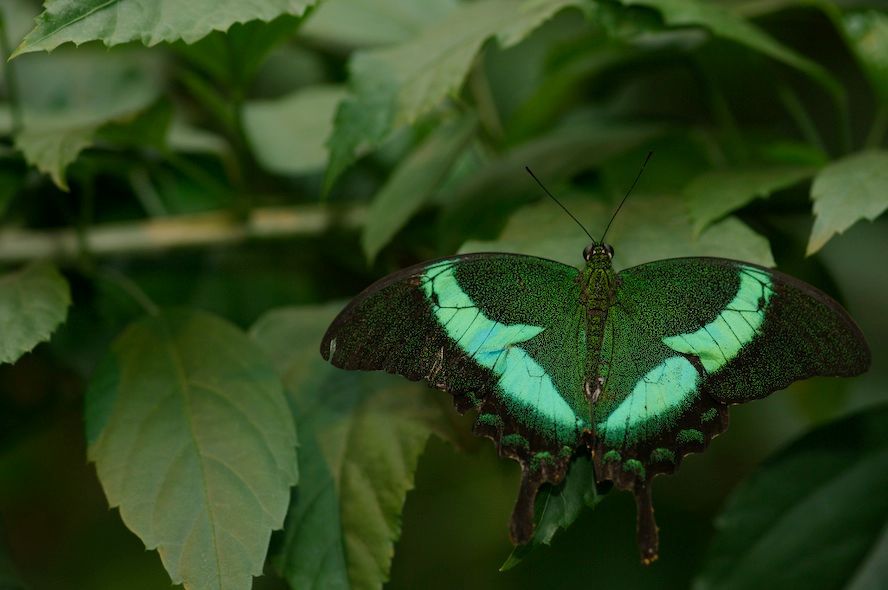
Mimikry - the Art of Camouflage
In the course of evolution the butterfly has had to develop plenty of changes to better survive its environment and predators. The wings for instance, can look like dead leaves or animal eyes. These colourful patterns serve to camouflage, frighten enemies, or sometimes to attract attention. Bright colours can sometimes act as warning about supposed, or real poison lurking within the butterfly. Harmless butterflies might for instance, mimic a hornet and frighten predators. On the other hand, the colours and patterns can also attract possible partners.
Butterflies and Human Beings
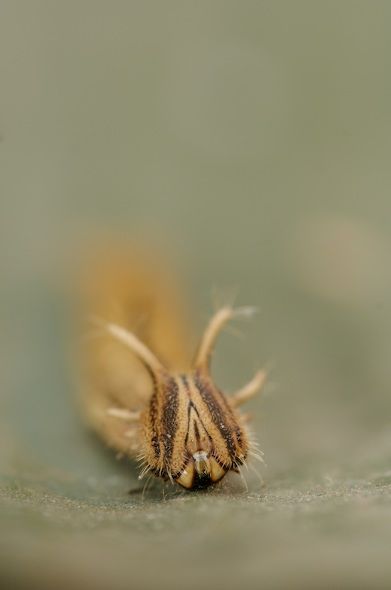
Butterflies have inspired and fascinated mankind throughout history, as can be seen in countless pieces of art and cultural items. The butterfly has also influenced society in one very important way, silk. Most moths spin silk for their cocoons, some of them producing valuable threads, among them the Bombycideae and Saturnidae species, or silk moths. Originally silk stems from China, where it has been well known for the last 5.000 years. Silk as well as scientific, religious and cultural knowledge came to Europe via the famous silk route. Still today, China is one the foremost producers of silk in the world but Thailand, India, Japan, Italy and others also produce commercial quantities.
Butterflies can also appear as pests in agriculture and in gardens, with the caterpillars eating the leaves of plants. Considerable damage can be caused in gardens, agriculture and the forest industry. The small Cabbage Whitling for example, used to cause serious damage to the cabbage fields of Europe. A new pest to Austria is the Box Tree Moth, which was first observed in the country in 2009. It could potentially cause serious damage to the Box Tree stocks in Austria.
A few butterflies feed only, or partly, on excrement, urine, sweat, blood or tear fluid and can act as a source of disease. These species are however very rare and exist only in the subtropics.
Folgen Sie uns
in cooperation with Lebensministerium and Bundesgärten |
Legal Notice




